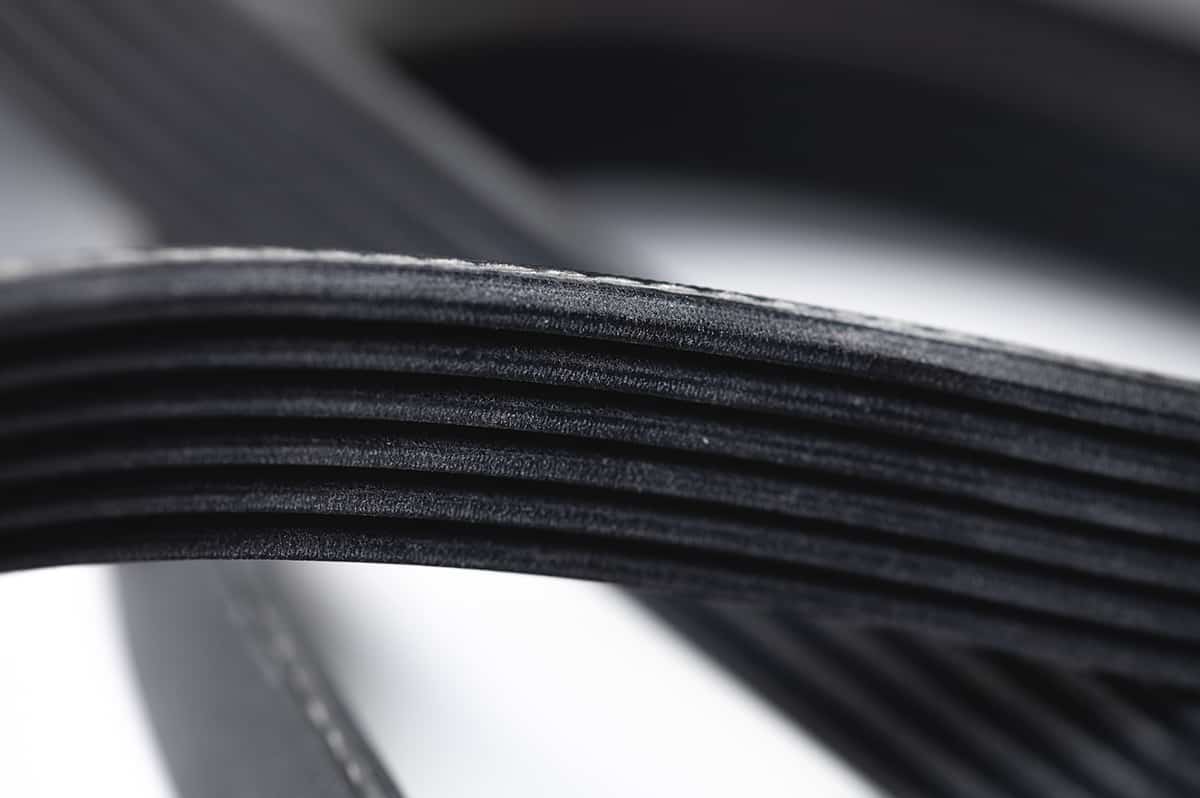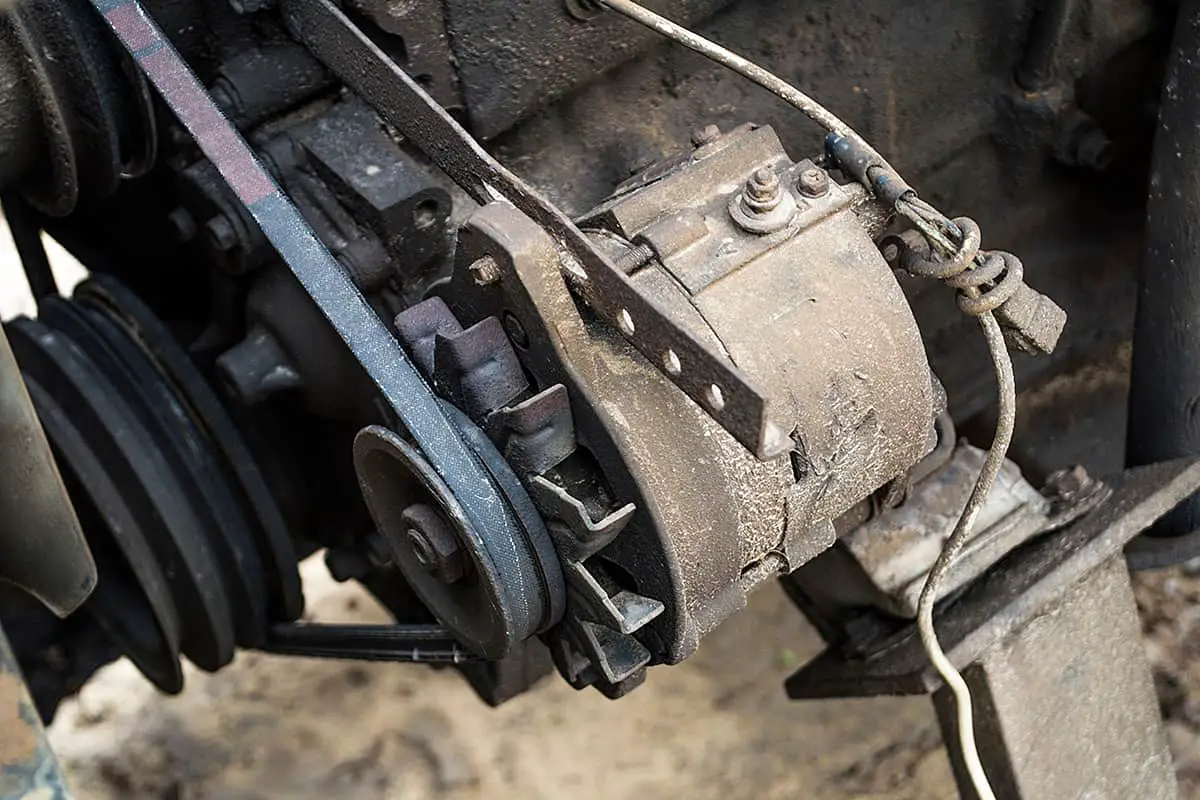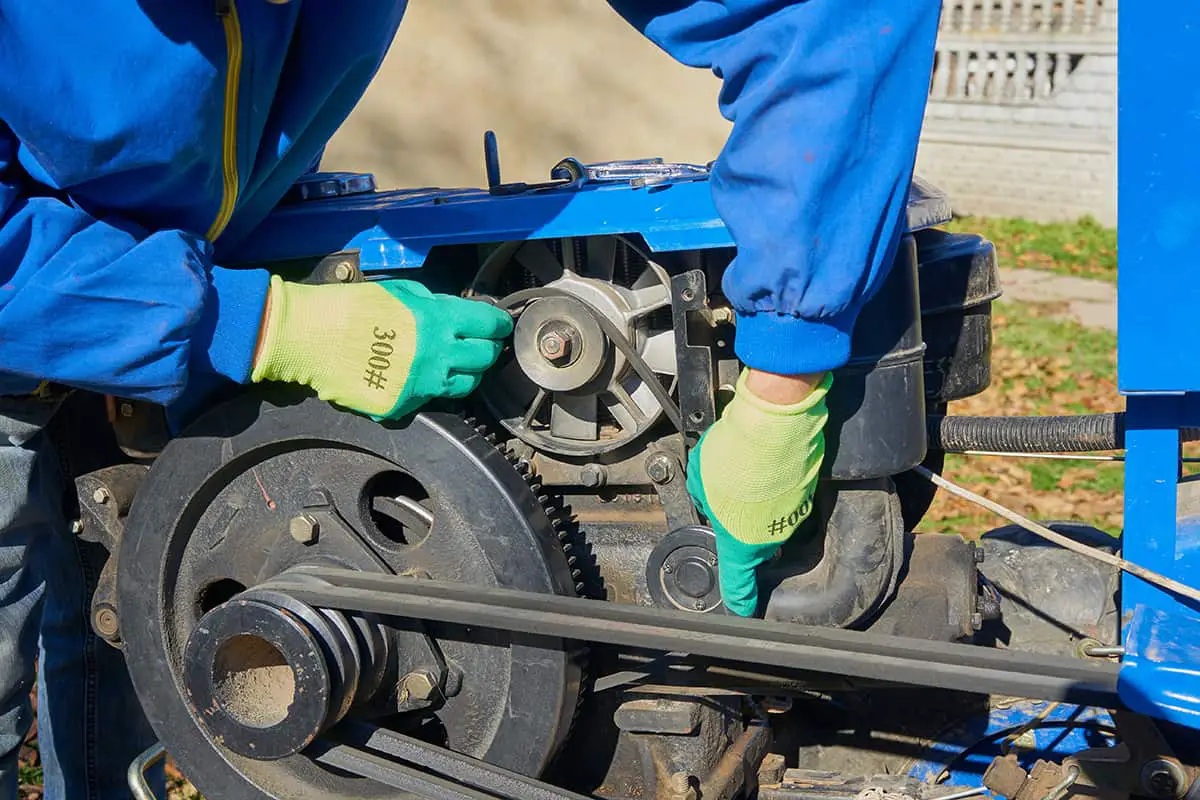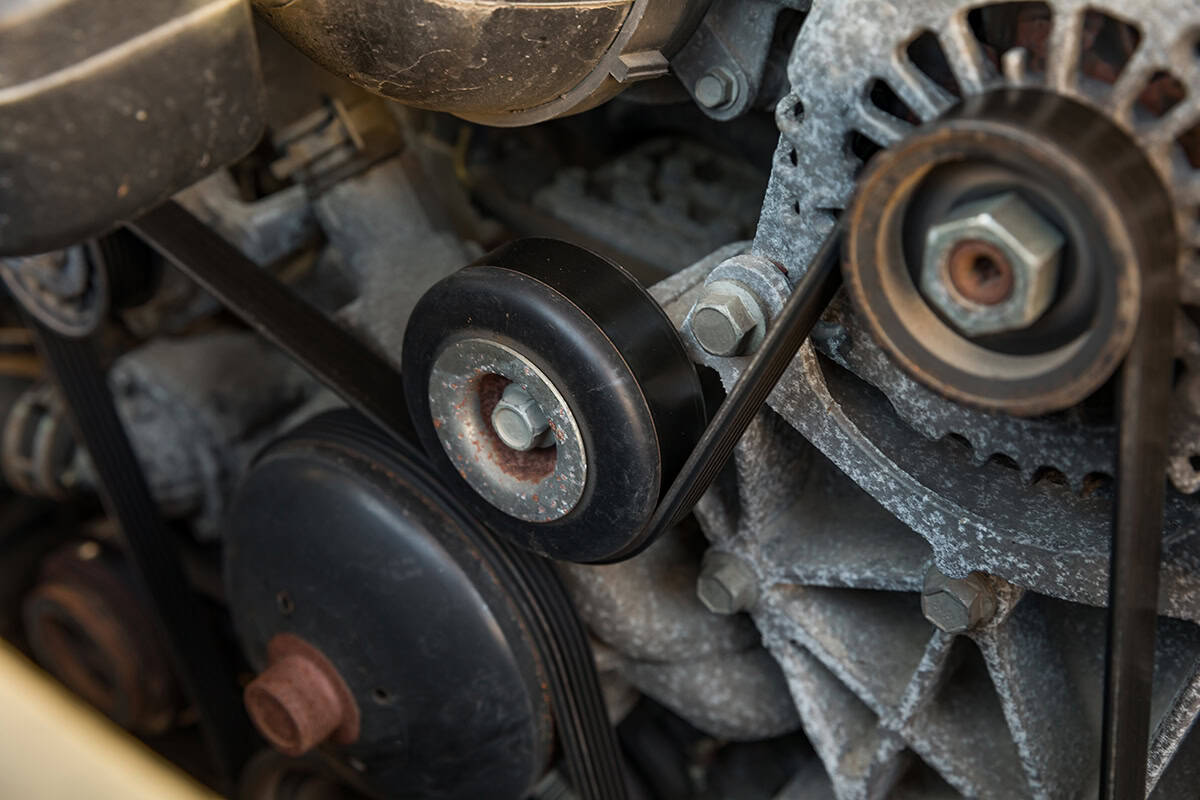The serpentine belt is a long, winding belt that powers key parts of your vehicle, like the alternator, power steering pump, and air conditioning compressor. It’s called ‘serpentine’ because it snakes around these components. However, it can wear out or become loose over time, and that’s when problems can start.
Bad or loose serpentine belts can lead to various issues, including:
- Unusual noises like squealing or chirping from the engine
- Loss of power in car systems like steering or air conditioning
- Engine overheating
- Battery warning light turning on
In this article, we will delve into the symptoms of a bad or loose serpentine belt, what causes it, how it affects your vehicle, and how to address the issue.
What Is a Serpentine Belt?

A serpentine belt is a vital part of your car’s engine. Its job might seem simple—to keep spinning. But this spinning action powers many important parts of your vehicle. The serpentine belt connects to various pulleys, powering the alternator, power steering pump, air conditioning system, and sometimes the water pump.
What it is and Its Role
The serpentine belt is a long rubber belt in your car’s engine. It gets its name from the way it weaves around different components in the engine, much like a serpent. When the engine is running, the crankshaft powers the serpentine belt. In turn, this belt drives several other parts in your vehicle, enabling them to function properly.
The serpentine belt is a modern replacement for older, multiple-belt systems. Older vehicles had a separate belt for each component, which made maintenance more challenging. With the serpentine belt, it’s a single, continuous belt, making it easier to inspect and replace.
Importance of a Healthy Serpentine Belt
If the serpentine belt is damaged or becomes loose, it could slip off or break, resulting in the engine’s failure.
The alternator, which generates electricity for the car and recharges the battery, is powered by the serpentine belt. Without a functional belt, the battery could die, and your vehicle might not start.
The power steering pump, which makes steering your car easier, is also run by the serpentine belt. If the belt fails, steering could become tough and potentially unsafe.
The serpentine belt also runs the air conditioning compressor. If the belt is in bad shape, your air conditioning might not work, making hot days very uncomfortable.
In some cars, the serpentine belt even powers the water pump, which circulates coolant to prevent the engine from overheating. A failing belt could cause the engine to overheat, leading to severe damage.
Causes of a Loose or Bad Serpentine Belt
A serpentine belt can wear out or become loose, but why does that happen? There are a few reasons, and it’s important to understand them so you can prevent these problems from occurring.
1. Normal Wear and Tear
Everything ages with time, and your car’s serpentine belt is no exception. As the belt keeps spinning and driving various parts of your vehicle, it gradually wears out. The rubber it’s made from can start to crack or lose pieces over time. When this happens, the belt can’t grip the pulleys as it should, which can cause slipping or squealing noises.
2. Poor Installation
Sometimes, a serpentine belt can become loose or wear out prematurely because of poor installation. If the belt is not aligned correctly on the pulleys, it can move around too much, causing it to wear unevenly or become loose.
3. External Factors
External factors can also cause your serpentine belt to go bad. For instance, if your engine leaks oil and it gets on the belt, this can cause the rubber to degrade more quickly. The same is true for coolant leaks.
Symptoms of a Bad or Loose Serpentine Belt

When the serpentine belt becomes bad or loose, it can cause a few noticeable symptoms. Let’s go through these symptoms and explain why they occur.
1. Unusual Noise
One of the first signs that something might be wrong with your serpentine belt is unusual noise coming from your engine. You may hear a squealing or chirping sound, especially when you start the car or while accelerating. These noises are caused by the belt slipping on the pulleys. When the belt doesn’t have the right tension or is worn out, it can’t grip the pulleys properly, resulting in these sounds.
2. Power Loss
The serpentine belt drives several components in your car, including the power steering pump and the alternator. If the belt is loose or bad, these parts won’t work as effectively as they should. You may notice that your car’s power steering isn’t as responsive as usual, making it harder to turn the steering wheel. Also, since the alternator isn’t working at full capacity, it won’t charge the battery properly, leading to power loss in your vehicle.
3. Overheating
In some cars, the serpentine belt drives the water pump, which circulates coolant through the engine to keep it from overheating. If the serpentine belt isn’t working properly, the water pump may not work efficiently, causing your car’s engine to overheat. This is a serious issue that can lead to significant engine damage if not addressed promptly.
4. Battery Light On
Your car’s alternator, which charges the battery and powers the electrical system, is driven by the serpentine belt. If the belt is failing, the alternator might not be able to do its job effectively. As a result, the battery may not get enough charge, and you might see the battery warning light turn on in your car’s dashboard.
Step-by-Step Guide on How to Fix a Bad or Loose Serpentine Belt

A loose or bad serpentine belt is not something you can ignore.
ChrisFix on YouTube also has an excellent video guide on how to replace a serpentine belt to get rid of squeaking noises.
You can watch the videos together and read through our steps laid out below to get how you can tighten or replace a serpentine belt.
Step 1: Safety First
Before you start, make sure your car is parked on a flat surface, and the engine is turned off. Wait for it to cool down if you’ve been driving. Always remember safety is paramount.
Step 2: Locate the Serpentine Belt
Open the hood of your car and locate the serpentine belt. It’s a long rubber belt that winds around several pulleys connected to different parts of the engine.
Step 3: Check the Serpentine Belt
Check the serpentine belt for signs of wear, such as cracks, missing pieces, or a shiny appearance. If it’s just loose, you may be able to adjust the tension. But if it’s damaged, you’ll need to replace it.
Step 4: Loosen the Tensioner
The serpentine belt tensioner is a component that keeps the belt at the right tension. To adjust or remove the belt, you’ll need to loosen the tensioner. You usually do this by rotating it with a wrench or ratchet.
Step 5: Adjust or Remove the Serpentine Belt
If the belt is just loose, you can adjust the tensioner until the belt is tight enough. If you’re replacing the belt, once the tensioner is loosened, you can slip the belt off the pulleys.
Step 6: Install the New Belt
If you’re replacing the belt, install the new one by looping it around the pulleys in the same pattern as the old belt. It can help to take a picture before removing the old belt to remember how it goes. You can usually also find a diagram under the hood or in your car’s manual.
Step 7: Tighten the Tensioner
Once the new belt is in place, tighten the tensioner until the belt is properly tensioned. Make sure it’s not too tight or too loose. It should have a little bit of give, but not much.
Step 8: Double-Check Everything
Check to make sure the belt is on all the pulleys correctly, and the tension feels right. Then, start your car and check to make sure the belt is working correctly.






